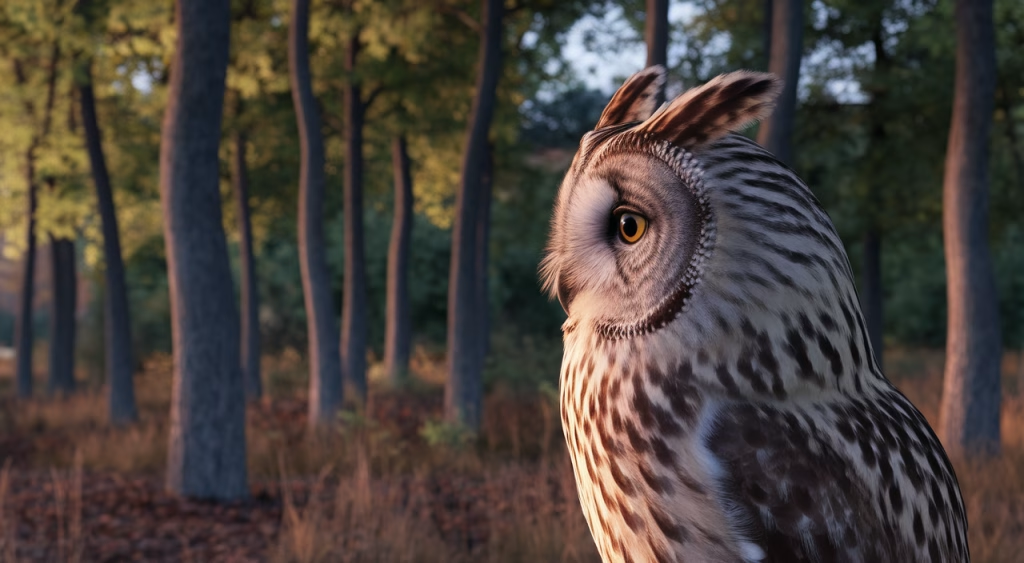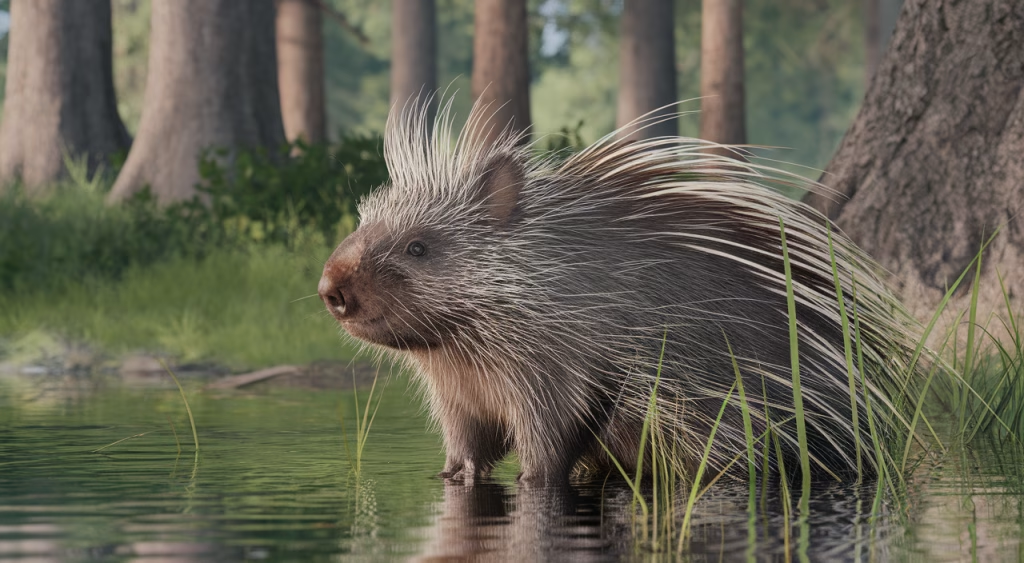Why Can’t Owls Move Their Eyes? The Fascinating Science Behind 270-Degree Head Rotation
Owls have captivated human curiosity for centuries with their head-turning abilities. Unlike most animals, owls can’t move their eyes—at all. Their eyes are fixed in place inside tube-shaped sockets, making it impossible to glance side to side. So, how do they see so well, especially when hunting in the dark? The answer lies in an extraordinary series of adaptations. Owls rotate their heads up to 270 degrees thanks to special neck vertebrae, enlarged arteries, and clever vessel patterns. These changes compensate for their static vision, empowering them to detect prey, avoid danger, and thrive as apex nocturnal predators.
In this comprehensive guide, we’ll dive into owl eyesight, owl eye sockets, evolutionary changes across their anatomy, and the many benefits owl head movement offers for predator avoidance and prey detection. Whether you’re a bird enthusiast, biology buff, or simply curious about nature’s marvels, this article will deepen your appreciation for one of the animal kingdom’s most fascinating survivors.



